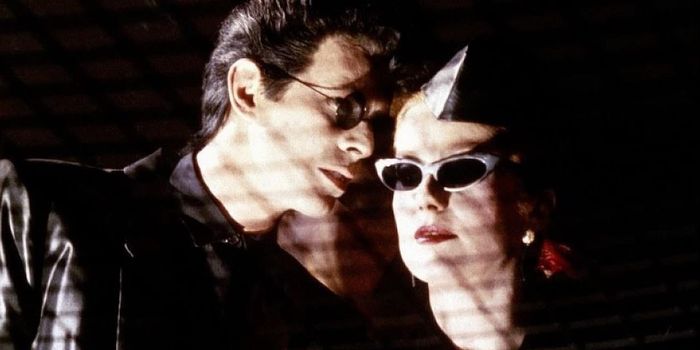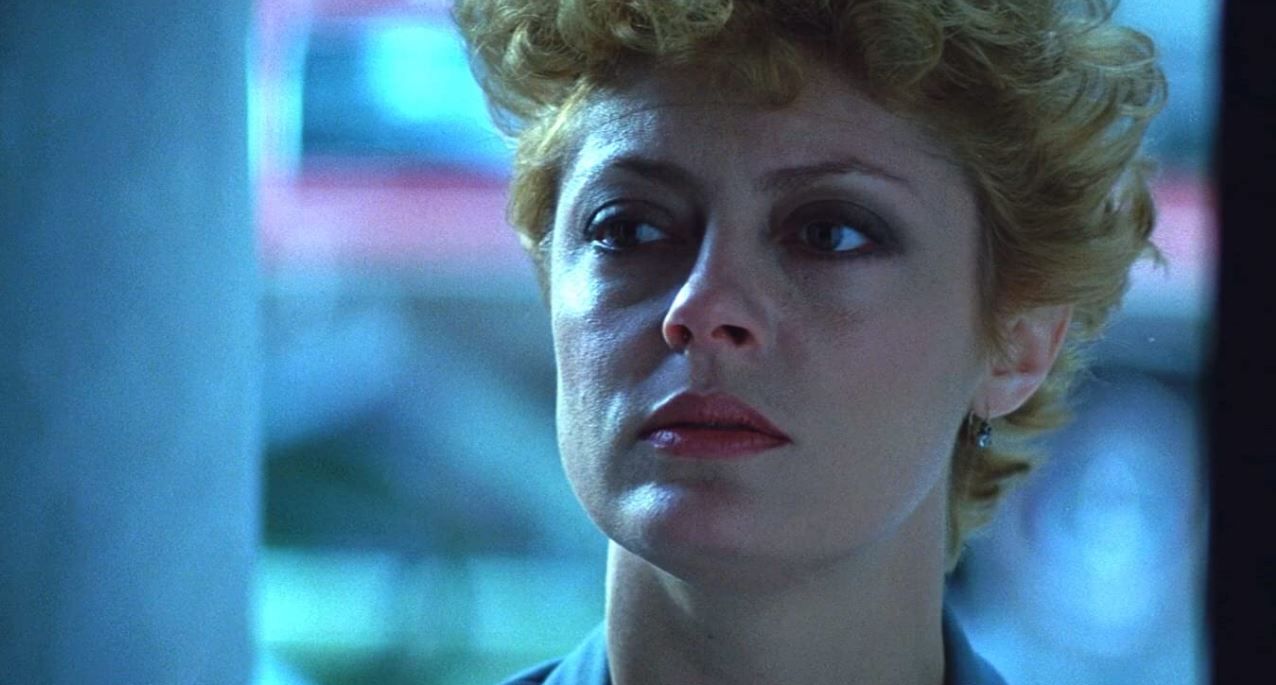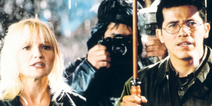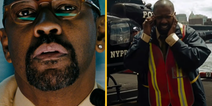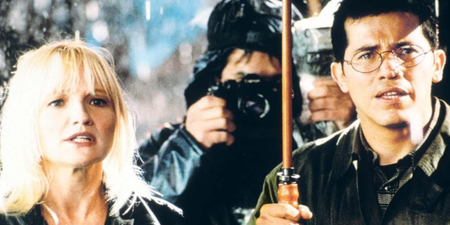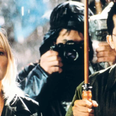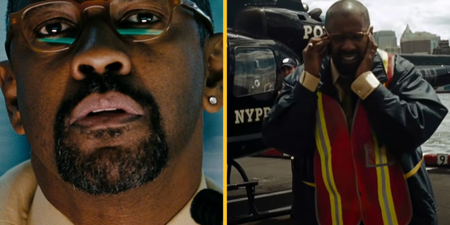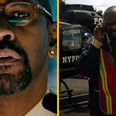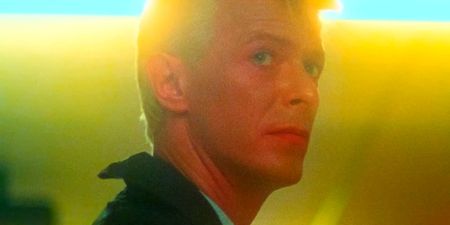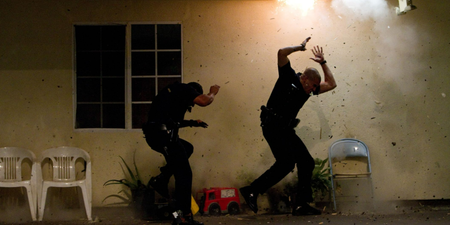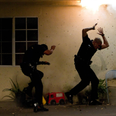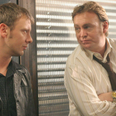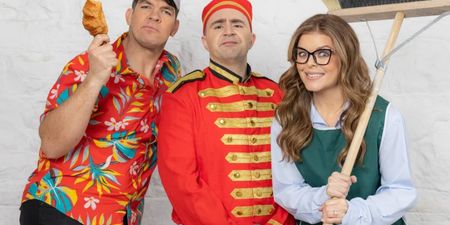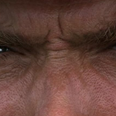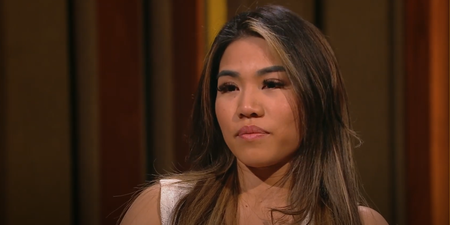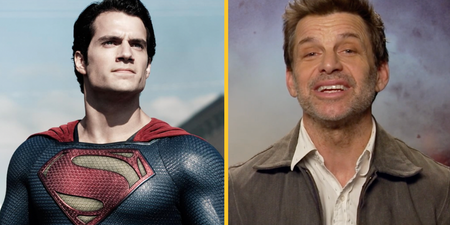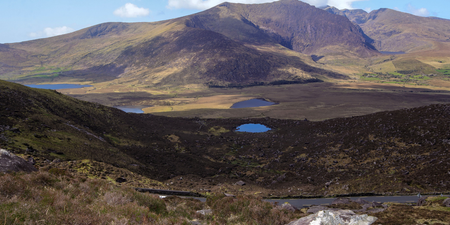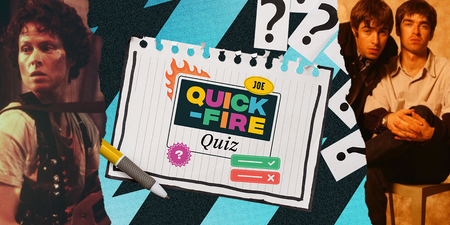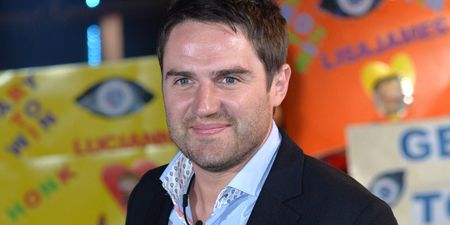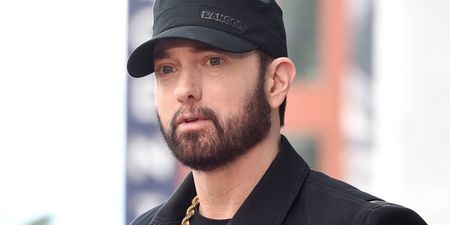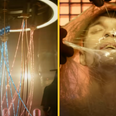It was the debut movie of the director that would later give us such classics as Top Gun, True Romance and Man on Fire.
Often times movies get described as being “style over substance”. More rare though are films where the style actually becomes the substance. The Hunger from 1983 is one such example.
The debut movie from director Tony Scott (Top Gun, True Romance, Man on Fire), The Hunger’s first scene beautifully sets the stage for what is to come. In a smoky New York nightclub where flashing lights can barely penetrate the fog, two immaculately dressed vampires (Catherine Deneuve and David Bowie) seduce another couple – before taking them back to their lavish townhouse and draining them of their blood. All the while this seduction/stalking scene is happening, the action is intercut with English gothic rockers Bauhaus playing live with frontman Peter Murphy performing their influentially gloomy track ‘Bela Lugosi’s Dead’ straight to camera.
Straight away, viewers are cued into the fact that The Hunger is going to be different from the vampire flicks that came before it, such as those put out by Universal Pictures or Hammer Film Productions. Instead, Scott’s debut is distinct for being more modern – artsier, sexier and weirder than its precursors.
From this opening scene, we get into the crux of the story. Miriam Blaylock (Deneuve) is an all-powerful vampire who has been around since the time of Ancient Egypt. She currently resides with John (Bowie), a talented cellist whom she met in 18th-century France and turned into a bloodsucker. That said, John appears to have become struck by an illness that causes him to suddenly deteriorate rapidly. As such, he seeks out Dr. Sarah Roberts (Susan Sarandon), who specialises in the field of aging. This leads to Sarah becoming the object of Miriam’s affection.
According to Scott in the DVD commentary for The Hunger, he was desperate for the chance to just make a movie and as such lobbied hard to get his first feature directing gig. While the producers initially wanted someone more experienced to helm the film, they went with Scott on the strength of his glossy work in commercials and music videos.
That said, while the filmmaker loved the Whitley Strieber novel of the same name on which the movie is based, he seemed to have been less enamored by the screenplay credited to Ivan Davis and Michael Davis. Scott states in the commentary that the script had diverged from the book and that Bowie had “some misgivings about it” before eventually signing onto the picture.
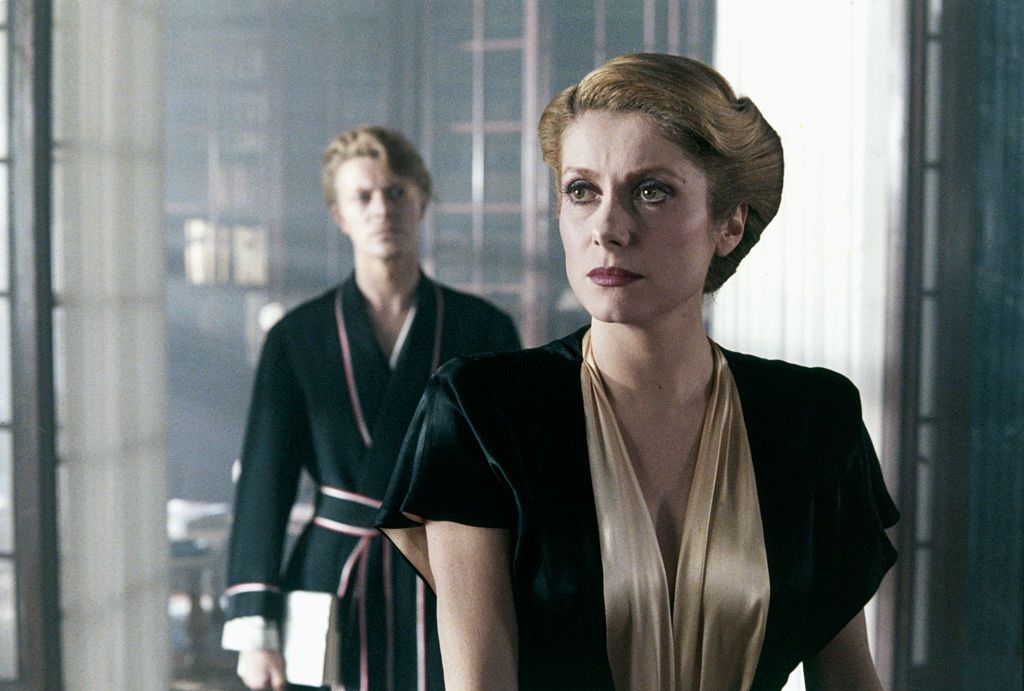
David Bowie and Catherine Deneuve in The Hunger
Perhaps it was for these reasons that the director chose to shoot the material in the vein of a “sophisticated psychological horror”, focusing more on atmosphere than plot. To this end, he lavished the movie in all the filmmaking style he had typically reserved for his commercial work. Between his glamourous movie stars, his bold use of colours, his striking blend of light and smoke against reflective surfaces and his unique for-the-era cutting techniques, Scott said producers “loved the look of the dailies,” but added:
“I was a first-time director and everybody’s a little bit on the fence about what they believe the end result to be… [One producer] wasn’t quite sure if it was a rock video or a movie.”
That said, I would argue that Scott’s style serves to deepen The Hunger’s story and themes. When shooting John and Miriam’s luxurious townhouse filled with art throughout the ages, he emphasises the building’s long corridors and rooms where light barely manages to creep in from behind closed curtains. Through this, he showcases to viewers that while John and Miriam may have amassed tremendous wealth thanks to their eternal life, it has come at the cost of isolating themselves from others.
The same depth applies to the music used in the film that blends ’80s synths and tracks from the era by Bauhaus and Iggy Pop with more classical music, making the movie itself feel like John and Miriam in how it has one foot in modern life and one foot in the past. Meanwhile, style magazine Dazed highlights how Deneuve’s wardrobe – courtesy of Yves Saint Laurent, as well as the movie’s costume designer Milena Canonero (Barry Lyndon) – blends 1930s and ’40s fashion styles with those from the ’80s to give the character a “timeless appeal that’s necessary when you’re immortal”.
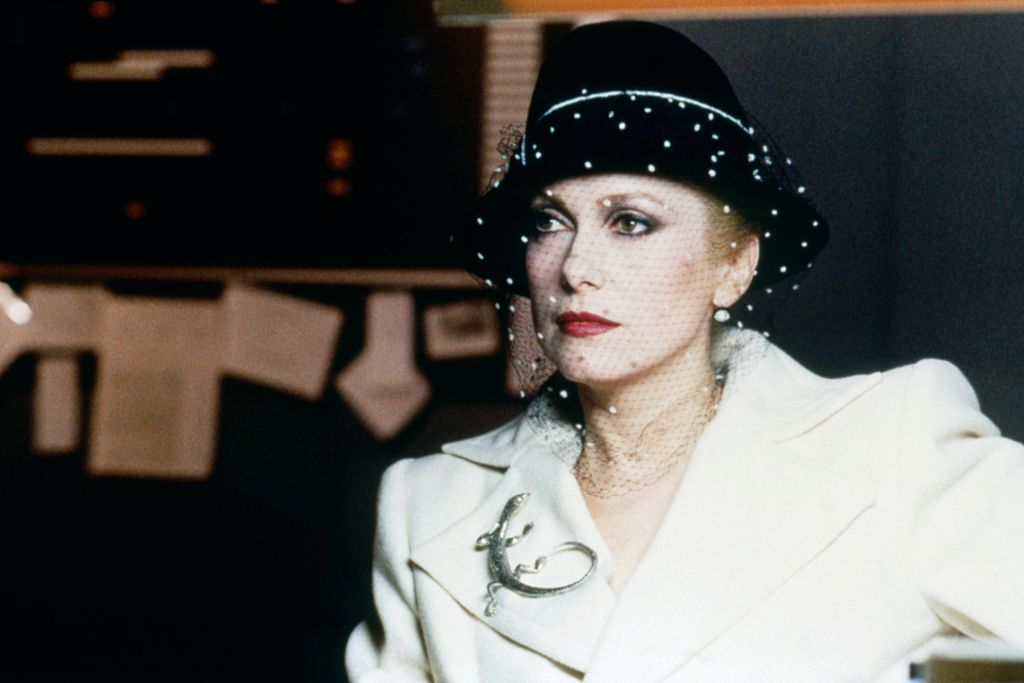
In fact, Scott highlights Canonero’s extraordinary work on The Hunger – which was shot with London standing in for New York – with this DVD commentary anecdote:
“She lives, eats and sleeps wardrobe. One day, we couldn’t find her on the set… The first AD [assistant director] told us Milena went to Rome to get some material for a hankerchief which David was going to put in his top pocket.
“Milena went to Rome, paid for her own air ticket just to find this piece of fabric that would go on to the top pocket of David’s beige suit. She couldn’t find this fabric in London.”
As well as all this, the movie is perfectly cast. The icy, otherwordly quality that both Bowie and Deneuve naturally possess makes them a great fit to play their enigmatic yet alluring supernatural beings. Meanwhile, Sarandon brings much-needed warmth and humanity to her mortal who becomes involved with the pair.
Susan Sarandon in The Hunger
Yet, despite all these positives, The Hunger is undeniably hampered by a confusing final act, which works against the internal logic and themes the film had worked so hard to establish up until that point. Some of this can be blamed on studio interference, with producers requesting a final scene be added to set up a sequel.
This appeared to frustrate Sarandon in particular, who said on the DVD commentary:
“The thing that made the film interesting to me was this question of: ‘Would you want to live forever if you were an addict? If it meant that your entire life, you were addicted to, in this case, finding blood?’
“But as the film progressed, the powers that be… were trying to rewrite the ending and all the rules that we’d spent the entire film delineating.
“Nobody really knew what was going on. I thought that was a shame.”
Critics appeared to share her frustrations. Roger Ebert called The Hunger an “agonisingly bad vampire movie,” judging it as being “so ruthlessly overproduced that it’s all flash and style and no story”.
Meanwhile, Scott said it “didn’t make a bean” at the box office and was slammed within Hollywood, with people describing it to him as “artsy, esoteric and self-indulgent”. In response to this, the director stated: “On all those counts they’re right but I still thought it was an interesting film.”
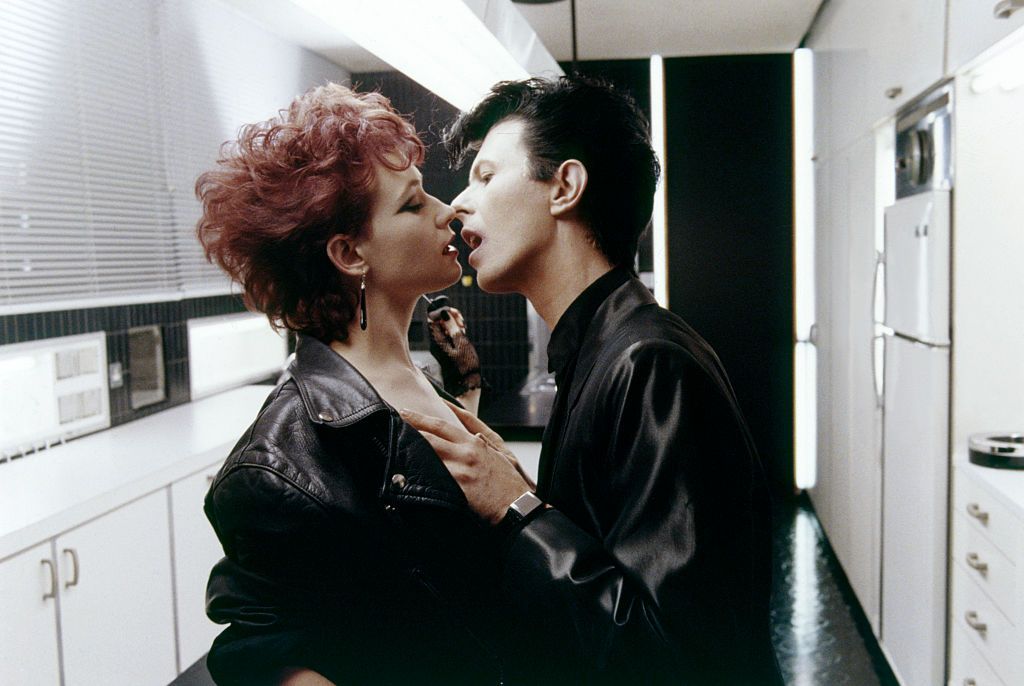
Ann Magnuson and David Bowie in The Hunger
For Scott’s next movie, he made a hard pivot – helming one of the most mainstream movies of all time with 1986’s action classic Top Gun. And while he would never make something quite as artsy and strange as The Hunger again, in the ten years before his death in 2012, the director began to experiment more in terms of his filmmaking, something most evident in 2004’s Man on Fire and 2005’s Domino.
Plus, though The Hunger went unloved at the time of its release, it has gone on to develop a cult following over the years, particularly within the goth subculture. This fanbase was substantial enough for an anthology series inspired by the movie – also titled The Hunger – to be greenlit and released between 1997 and 2000 for which Bowie and Scott both returned.
And while Bowie is believed to have had mixed feelings about the movie version of The Hunger overall, he was accurate when he said to NME while promoting the film: “I must say, there’s nothing that looks like it on the market.” It was true at the time of its release and to The Hunger’s great benefit, it remains true today.
The Hunger is available to buy and rent right now on Apple TV, Rakuten TV and Sky Store.
Related articles:
- Top Boy’s final season featuring Barry Keoghan gets trailer from Netflix
- One of the best comedies of the 21st century is set for a sequel
- Two very familiar faces have joined the Frasier reboot
- New trailer for The Exorcist sequel called “scariest trailer the studio had ever cut”
- Kieran Culkin finally reveals what happened to Roman’s wife and kid from Succession pilot
- Avengers: Endgame director predicts AI will be able to generate movies in two years’ time
- Netflix has just added one of the best comedy shows of the decade
- Ireland and the UK might never get two of the best shows of recent years
LISTEN: You Must Be Jokin’ with Aideen McQueen – Faith healers, Coolock craic and Gigging as Gaeilge
